5 NASA Photos Of The Solar System’s Less Famous Moons
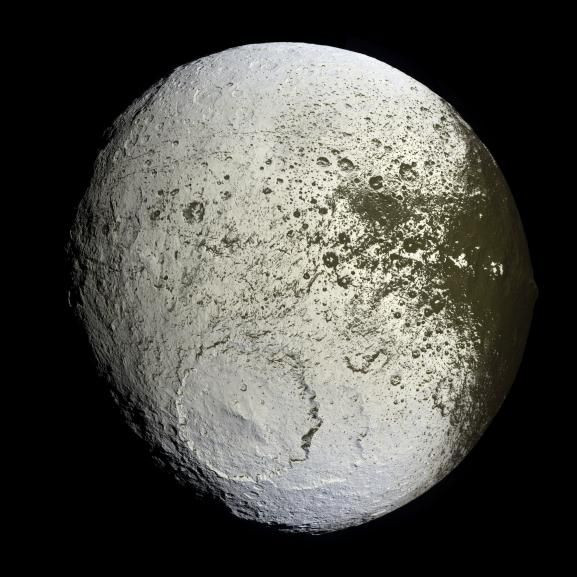
Anyone who has looked up at the night sky has seen Earth’s moon, and most have heard of moons like Titan, Enceladus and Europa because scientists have been investigating them for clues about extraterrestrial life. But there are plenty of other moons in the solar system that don’t get a lot of credit, despite being interesting in their own right.
Atlas
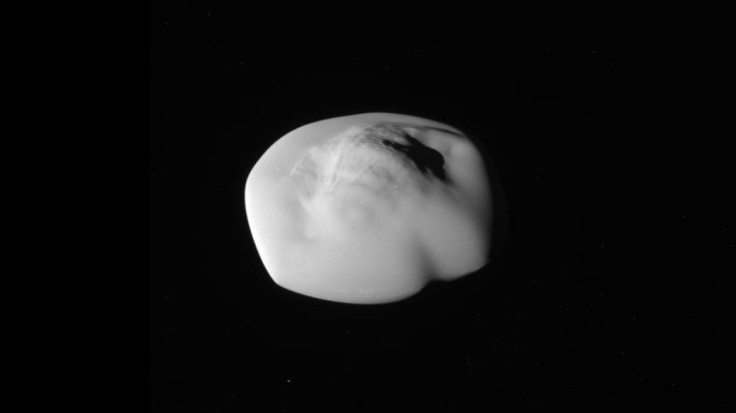
Titan and Enceladus are the royalty of Saturn’s moon population, which would make Atlas more like a peasant. Orbiting just outside the planet’s bright A ring, it is smaller than 20 miles across and wasn’t even discovered until 1980. But this moon is unique because of its shape: It looks like an alien saucer. NASA released photos of Atlas earlier this year that show off that strange structure. The space agency’s Cassini spacecraft, which has since plummeted into Saturn and been destroyed, took the images from a distance closer to Atlas than any spacecraft had gotten before.
Deimos
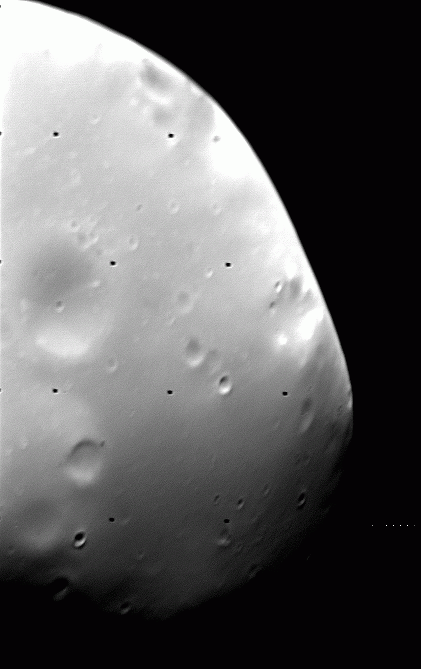
Mars has two moons and one of them, Phobos, gets most of the attention. The smaller of the pair, Deimos, is rarely in the spotlight — even in images from NASA, which often show it together with Phobos.
Deimos completes an orbit around Mars every 30 hours, according to the space agency, and is small and lumpy. It also contains a ton of craters for its size and is covered in what is estimated to be hundreds of feet of dust called regolith. Deimos may be composed of the same material as rocks in the outer section of the solar system’s asteroid belt.
Daphnis
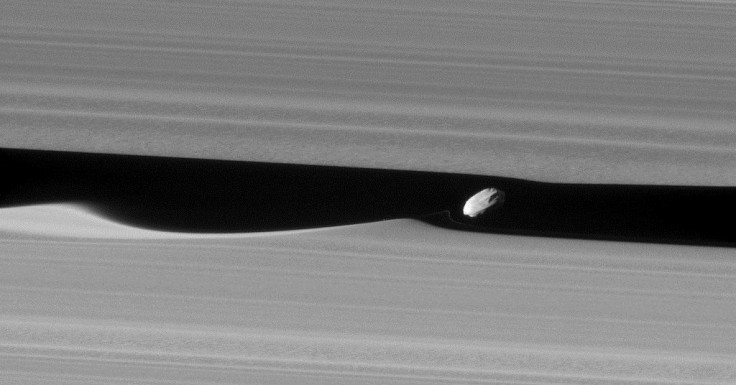
Some of Saturn’s moons are so small that they haven’t even left the shelter of Saturn’s rings to venture out on their own. That bunch of “moonlets” includes Daphnis, which orbits so close to its host planet that it barrels through the material of the A ring as it works its way around. The tiny moon, which is about 5 miles across, displaces that material as it charges, clearing out a space called the Keeler Gap. Its gravity also kicks up waves in the dust on the edges of the gap.
Iapetus
It looks like a moldy ball of mozzarella cheese, but it’s actually Iapetus, one of the moons of Saturn. This world is one of the most identifiable in the solar system because of its odd color pattern: bright on one side and dark on the other, with splotches where the shades meet. Iapetus is the third largest moon around Saturn.
MK 2
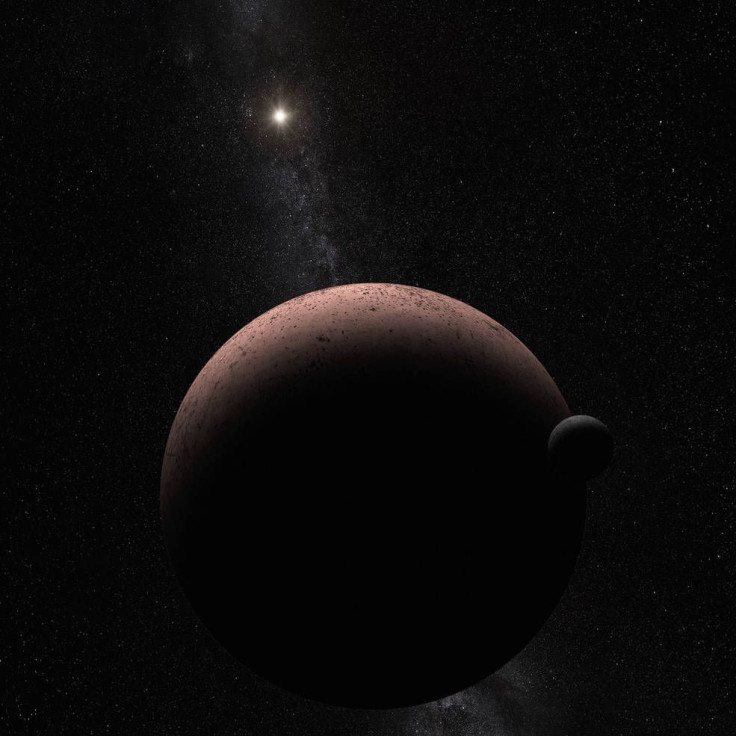
This moon, which so far just has the nickname MK 2, orbits the dwarf planet Makemake, which is slightly smaller and dimmer than Pluto, the most famous of the dwarf planets. It’s not the first dwarf planet moon found, but it was only spotted in 2016 so it is one of the newest discovered natural satellites in the solar system. It is about 100 miles across and orbits roughly 3,000 miles away from Makemake.
© Copyright IBTimes 2024. All rights reserved.




















